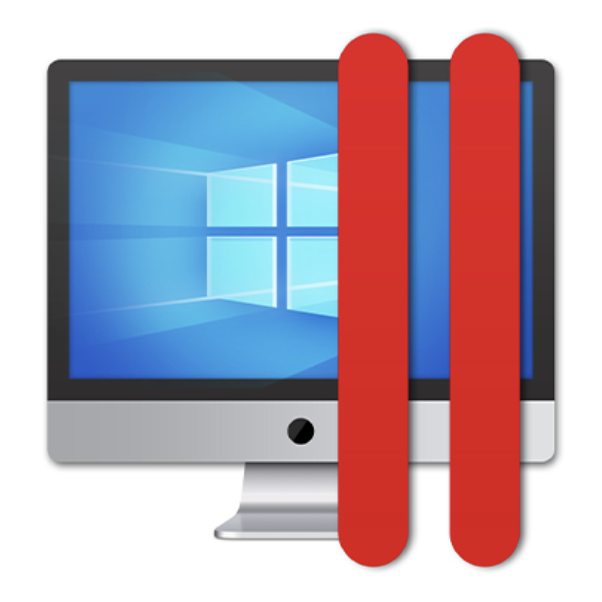The latest Parallels Desktop update (v20.3) is a doozy. Not only does it build on Parallels’ x86 emulation engine, but it introduces OBS virtual camera support in VMs, USB device support on virtualized Mac desktops, Touch ID login, and more.
Let’s start with x86 emulation, since that’s the only thing that isn’t really “new” here. Parallels Desktop began using FEX, an open-source app, as the basis for its emulation engine in January of this year. The Parallels app was previously limited to desktop virtualization—if you were on an Apple Silicon Mac, you could only use Parallels to run ARM-based operating systems like Windows on ARM. Desktop emulation opens the door to 64-bit x86 operating systems, including the standard version of Windows and a swath of Linux distros.
While the Parallels Desktop 20.3 update doesn’t make any major changes to the existing emulation engine, it does resolve problems that caused serious issues like freezing or crashing during Linux emulation—an excellent bugfix for developers, enthusiasts, or anyone who needs to run an x86 Linux distro on their Mac.
Alright, now we can move on to the new stuff. One of the most notable additions to Parallels Desktop 20.3 is OBS virtual camera tunneling. You can now set up an OBS feed on your Mac and select it as a live video source within Windows apps like Zoom or Teams—an interesting feature that makes it less difficult to juggle apps in Coherence mode.
And for security professionals or developers, Parallels Desktop now supports USB devices in macOS VMs. This has been a long-requested feature among some Parallels customers, and it seems that Apple is partially responsible for its development—”thanks to the adjustments introduced in Apple’s framework with macOS 15, USB passthrough is now a reality for macOS VMs on Apple silicon.” (On that note, USB passthrough only works on machines running macOS 15 or later releases. Audio devices and iPhones are still unsupported, too.)

Related
How to Let Linux Scripts Detect They’re Running in Virtual Machines
Let your scripts know what’s real and what isn’t.
Interestingly, the Parallels team also took the time to build “enhanced Mac integration” for the Dragon Medical One clinical documentation app. Dragon Medical One is a popular Windows-only solution for healthcare specialists who want to dictate notes, rather than typing them manually—it already worked in Parallels, of course, but text dictated to the app through a VM environment can now be automatically copied over to “a designated macOS app.” It’s kind of difficult to explain, so check the video demonstration if your curiosity is piqued.
Other improvements include Touch ID authentication during Parallels Desktop installation (the app previously required password input upon installation) and a refined activation control for managed Macs in enterprise environments.
Parallels Desktop starts at $99 a year but is currently on sale for $75. Current subscribers can install the 20.3 update today for free, though customers who bought a Parallels Desktop license through a one-time purchase may need to pay an upgrade fee, depending on which version of the app they paid for.

Parallels Desktop
Paralells Desktop allows you to run Windows, macOS, and Linux virtual machines on your Mac. Plus, it now supports desktop emulation for x86 operating systems.
Source: Parallels




